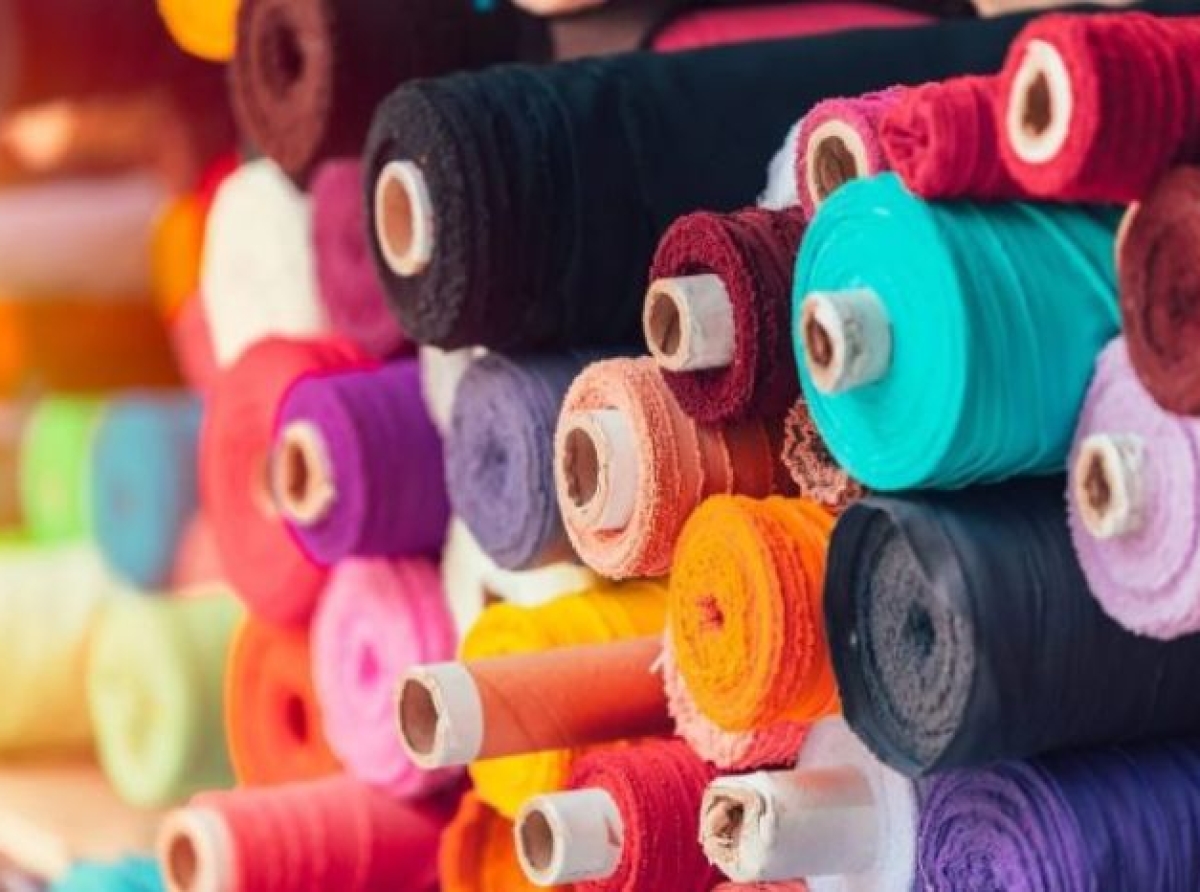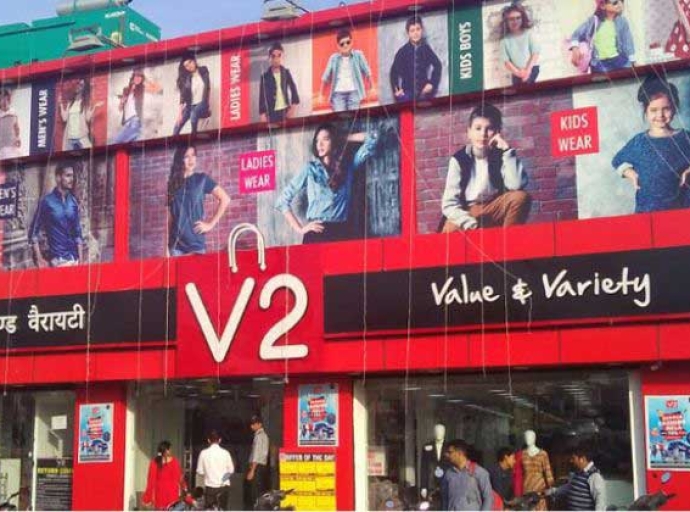Demand & Supply side double shock facing Indian textile economy

31 January 2023, Mumbai
The diversity and richness of India's textile potential have transcended national boundaries throughout history. India is proud of its long history in textiles, from fine, traditional handloom and handicrafts to the fabrics produced in capital-intensive factories.
Currently, India's textile and clothing (T&A) sector is characterized by radical innovation, moving markets, developing supply chains and distribution methods, and a gradual transition toward ethical and sustainable production.
Due to its ability to adapt, this industry—often called a change agent—alone can provide 70 employment for every INR 1 crore ($ 132,426) invested, as opposed to the 12 jobs produced on average in other industries. This research provides an in-depth analysis of India's textile and clothing industry and suggestions for maximizing its growth potential.
The growing stats in the industry
The textile and clothing industry has shown sustained expansion in recent years in terms of worldwide commerce. The global textile and apparel market was worth $823 billion in 2018 and has increased at a CAGR of 4% since 2005. With a 57% share of the overall textile and apparel trade, clothing was the most traded segment in the industry.
Since 2005, the exports in this category have also increased at a CAGR of 4%. Closely following garments in importance was fabric, which comprised 19% of the overall textile and apparel trade and saw a 3% CAGR in export growth since 2005.
It is anticipated that the worldwide trade in textiles and clothing will experience a relative change in the following years, increasing from its present value of $ 823 billion to $ 1 trillion in 2025, rising at a favorable rate of over 3% when compounded yearly.
The evolution of the garment and textile supply chain from industrial dynamics to logistical operations is outlined. To shorten lead times and improve productivity in product development, the chapter covered the causes of the bullwhip effect in the clothing supply chain and methods to mitigate it.
It also covered using key chains, virtual prototyping, and collaborative product development. Additionally covered in this chapter are the result and functions of vendor-controlled inventory, just-in-time management, and postponement in the garment supply chain.
It is discussed how the various supply chain structure affects lean clothing production. Examples of lean concepts in logistics, storage, distribution, and e-commerce operations are also described to broaden the use of poor in supply chain management.
How are the companies performing in and around the world
Numerous garment companies worldwide have changed their organizational structure from a vertically integrated composite set-up to a horizontally aligned one. The emphasis on increased organizational and process flexibility to meet variable market demand is one of the many factors that led to the move from a vertical to a horizontal structure.
Additionally, it is becoming increasingly problematic to underutilize the complete spectrum of manufacturing equipment, from spinning to processing machines held under one roof, due to the remarkable rise in productivity and cost of gear. Cost-cutting, which results from high debt levels brought on by more acquisitions, drives management to maintain the company lean and vertically aligned.
The division of previously vertically coordinated corporations into several independently operating garment firms, each with its operation, needs effective coordination between them to withstand rising competition.
Given the expanding intra-unit productivity rivalry, huge, vertically structured organizations—which are still around—must coordinate their entire supply, frequently at the expense of market priority.
This encourages appareL/garment companies to organize their numerous operations using the new supply chain management paradigm.
Latest Publications

































